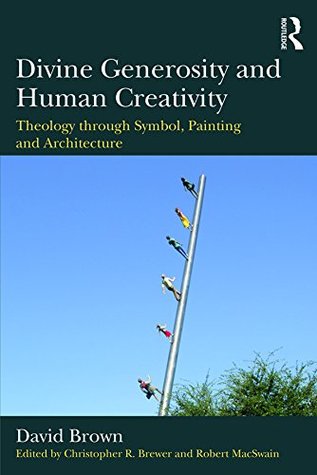It was a position taken up in the twentieth century by the Dutch historian of religion and politician, Gerard van der Leeuw (d. 1950). In his massively erudite Sacred and Profane Beauty,21 he argued that primitive creativity in the arts was always directed towards symbolising and interpreting the holy, and that it is only in modern times that religion and art have pursued different paths. Against his fellow Dutch Calvinist Abraham Kuyper, he argued that words, and especially the scriptures, are inherently the bearer of images, and as such religion and art can expect a new eschatological
...more
Welcome back. Just a moment while we sign you in to your Goodreads account.


